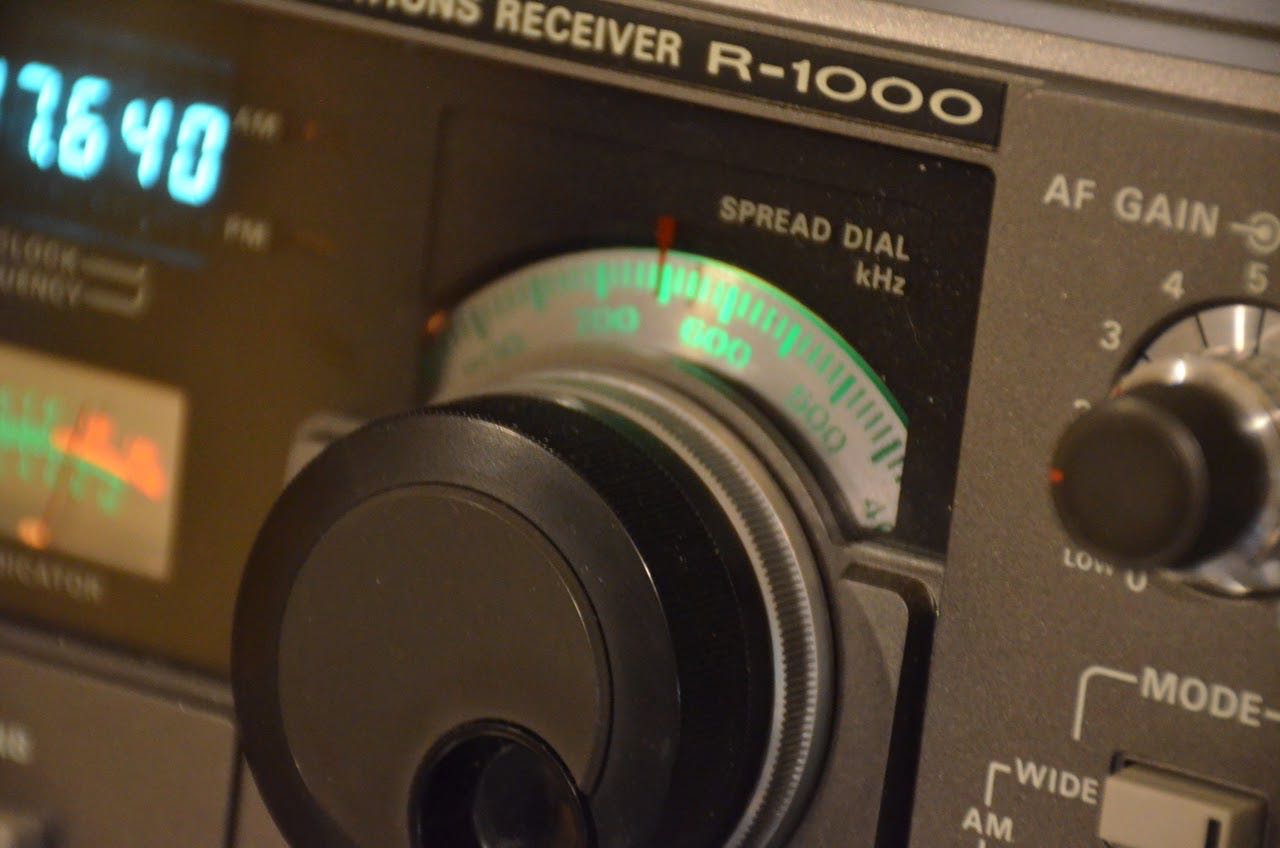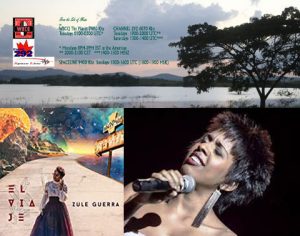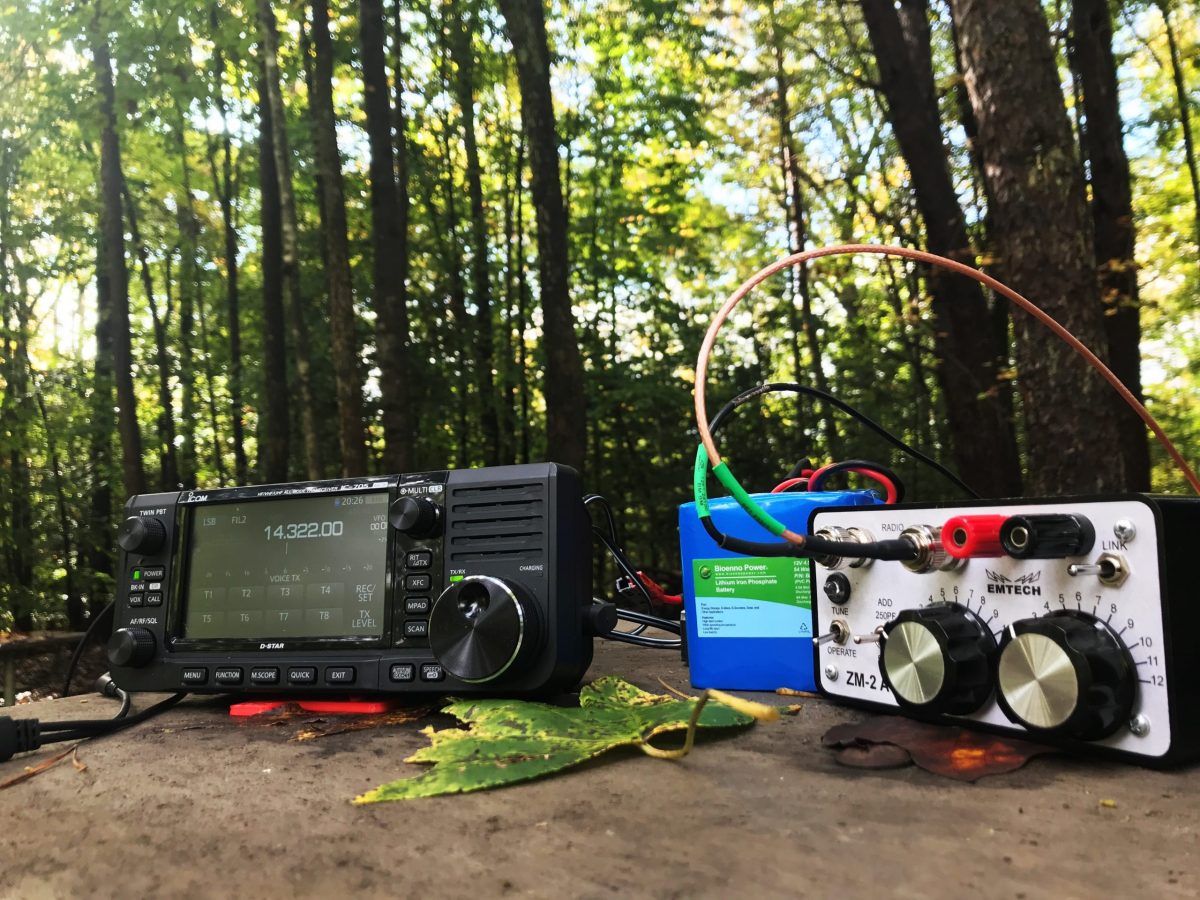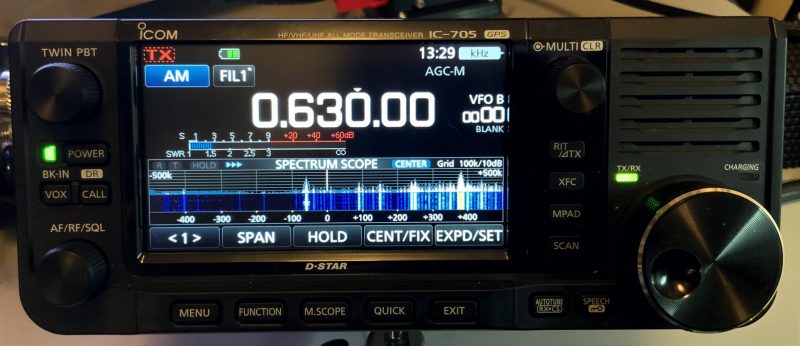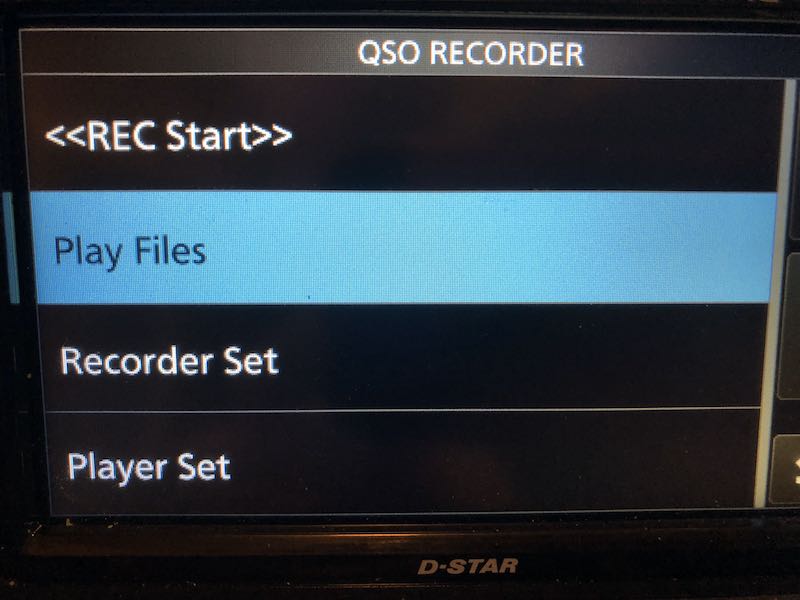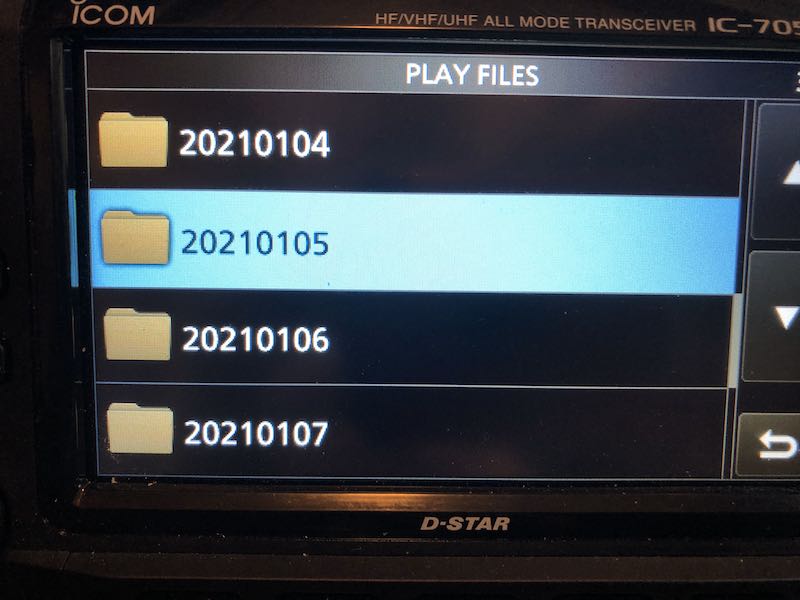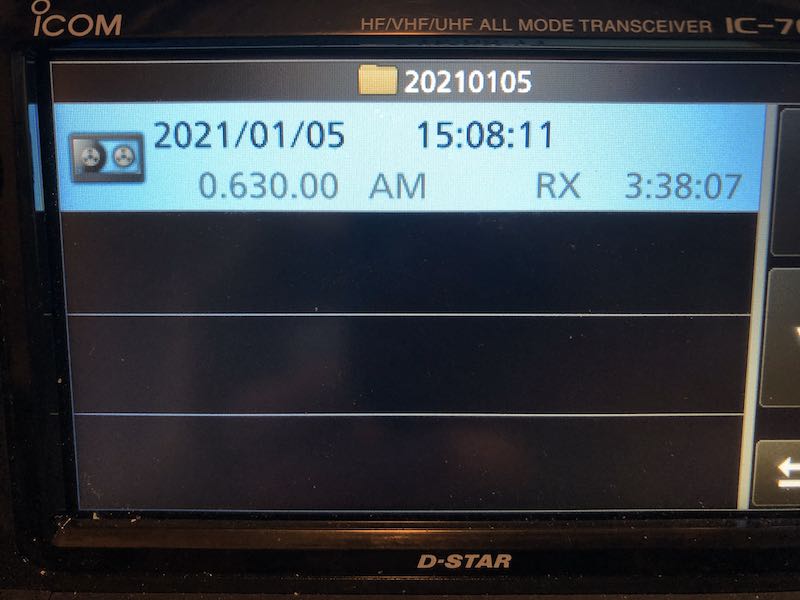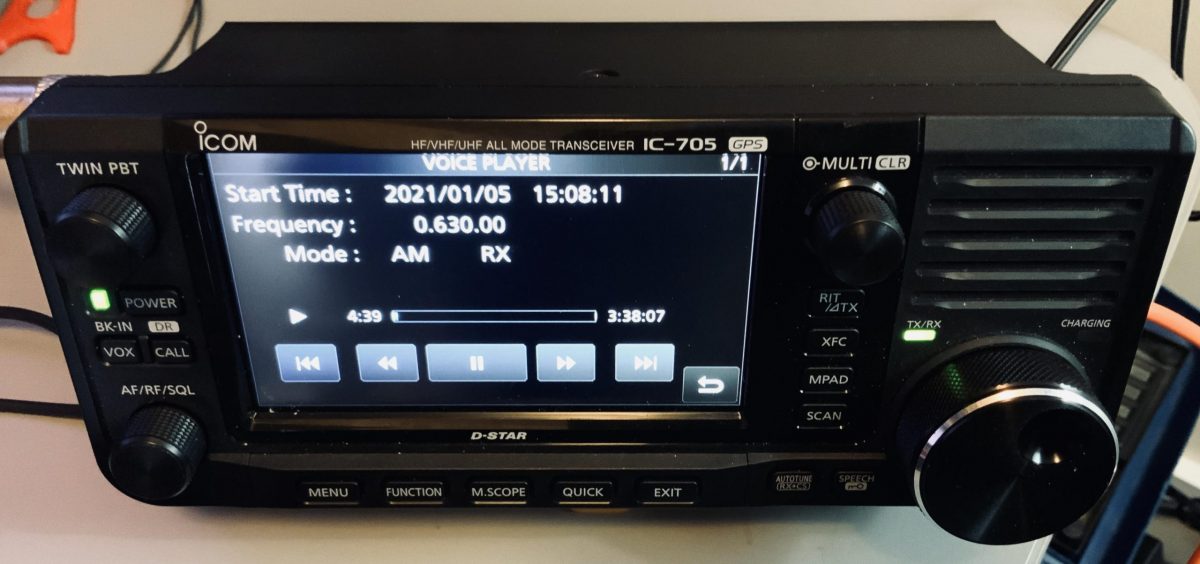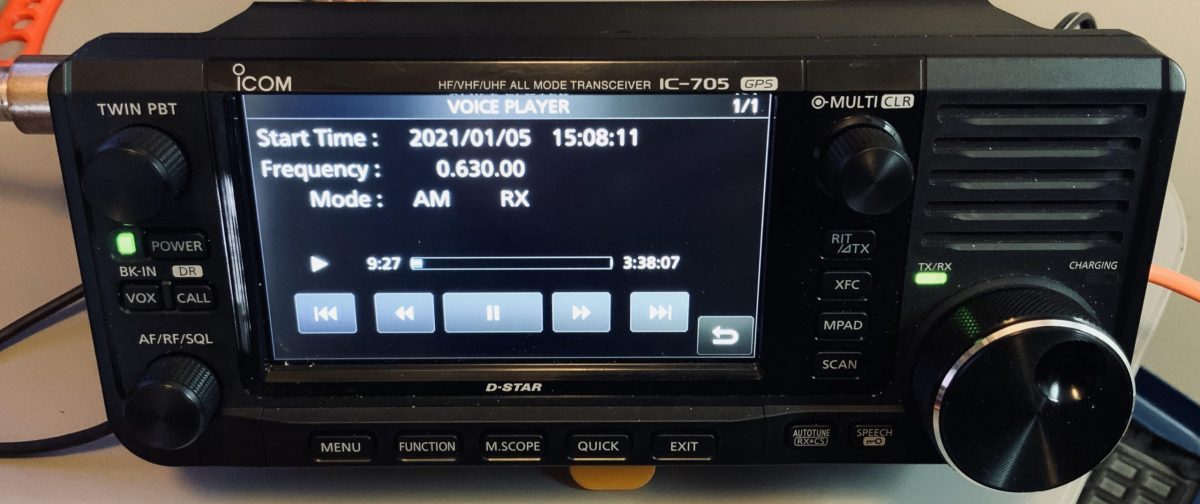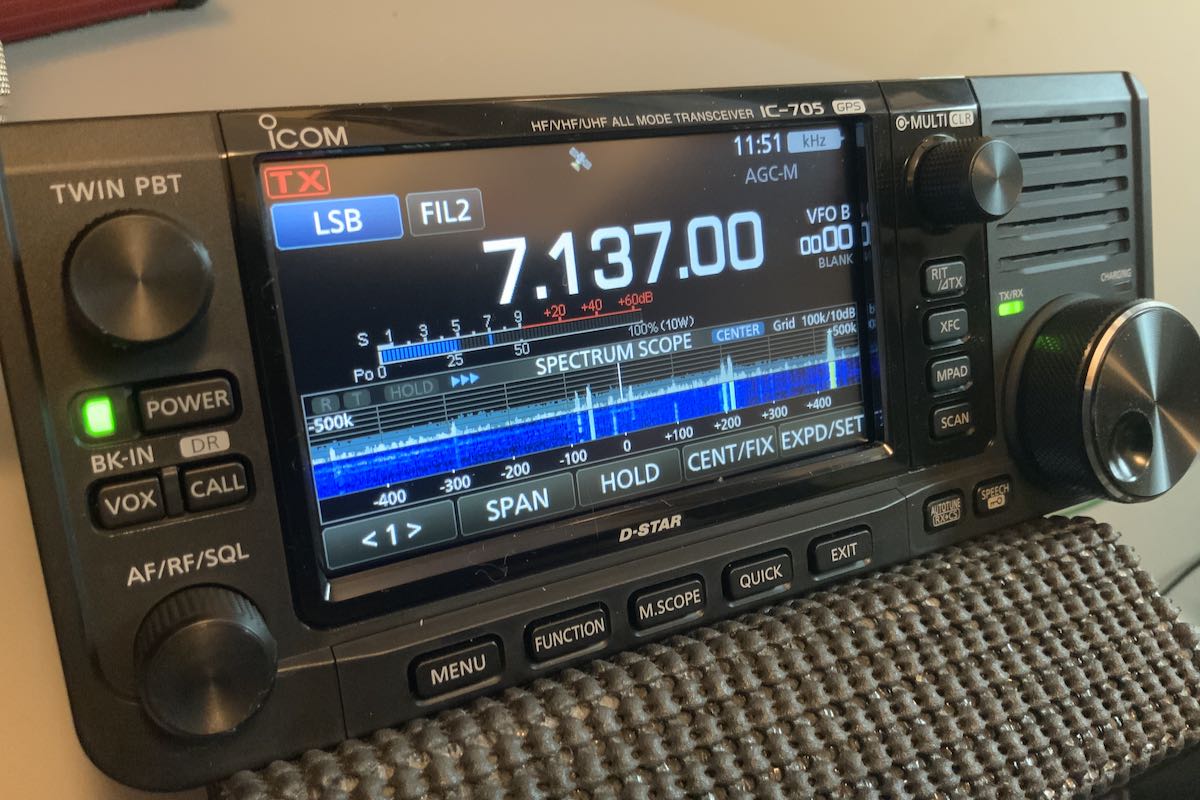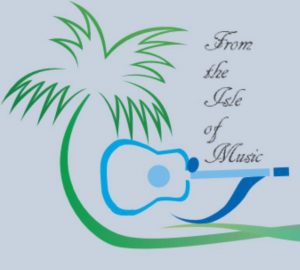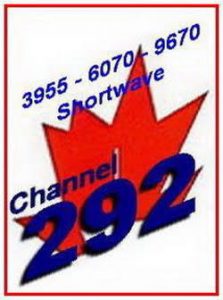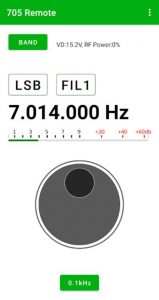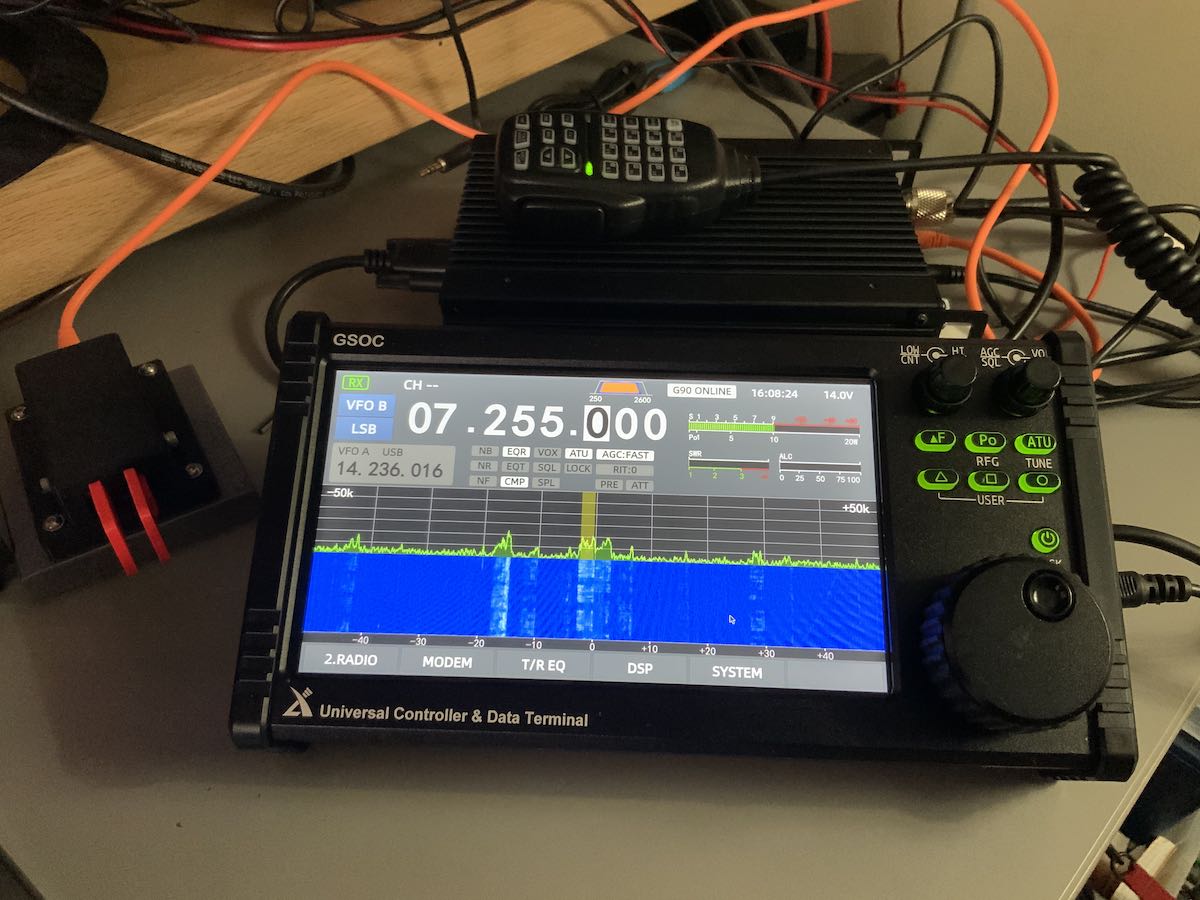Radio Waves: Stories Making Waves in the World of Radio
Because I keep my ear to the waves, as well as receive many tips from others who do the same, I find myself privy to radio-related stories that might interest SWLing Post readers. To that end: Welcome to the SWLing Post’s Radio Waves, a collection of links to interesting stories making waves in the world of radio. Enjoy!
Many thanks to SWLing Post contributors Trevor S, Ron, Phillip Smith, for the following tips:
President Biden Taps Commissioner Jessica Rosenworcel as Acting FCC Chair (ARRL News)
President Joseph Biden this week designated FCC Commissioner Jessica Rosenworcel as acting chair of the FCC. She succeeds, at least temporarily, former FCC chair Ajit Pai, who resigned effective on January 20.
“I am honored to be designated as the Acting Chairwoman of the Federal Communications Commission by President Biden,” Rosenworcel said in a statement. “I thank the President for the opportunity to lead an agency with such a vital mission and talented staff. It is a privilege to serve the American people and work on their behalf to expand the reach of communications opportunity in the digital age.”
Prior to joining the FCC, she served as Senior Communications Counsel for the United States Senate Committee on Commerce, Science, and Transportation. Before entering public service, she practiced communications law in Washington, DC.
The newest FCC commissioner, Nathan Simington, a Republican appointee, said Rosenworcel “brings deep knowledge and experience and highly informed judgment to her new position,” and he expressed appreciation that the Biden Administration acted promptly to establish FCC leadership by “selecting such a distinguished public servant for this vital role.
Fellow Democrat Geoffrey Starks said Rosenworcel “has been a passionate advocate for bringing the benefits of broadband to all Americans — particularly our children.” He said her designation as acting chair “comes at a critical juncture for the Commission, as COVID-19 has made bold action to end internet inequality more vital than ever.”
The Commission’s other Democratic appointee, Brendan Carr, called Rosenworcel “a talented and dedicated public servant, as evidenced by her 8 years of distinguished service on the FCC.”
On Twitter, Rosenworcel said, “The future belongs to the connected,” and she described herself as an “impatient optimist, mom, wife, [and] inveterate coffee drinker.”[…]
Ludwig Koch and the Music of Nature (BBC Radio 4)
Ludwig Koch was once as famous as David Attenborough, as pioneering as ‘Blue Planet’ and as important as the BBC Natural History Unit. They all owe their existence to this German refugee who first recorded the music of nature. Through his archive and new field recordings the poet Sean Street tells the story of Ludwig Koch.
When Sean Street was recording in a store-room at the Science Museum for a Radio 4 archive programme he came across a grey crate, stencilled, as if it belonged to a band on tour, with KOCH on it. This was the disc-cutting machine which Ludwig Koch used for a decade to make the recordings of birds, mammals and insects that led to a new field of study, of broadcasting and the creation of the BBC’s Natural History Unit.
Sean and his producer then began investigating and discovered that Koch made the first ever wildlife recording, of a bird, when he was eight, in 1889 – and that it still exists in the BBC’s archives.
Koch was an effusive man and this led to several confrontations with Nazi officials, whom he despised. There is an extraordinary recording of him telling the story of a Berliner whose bullfinch sang ‘The Internationale’. He was carted off to prison and the bird ‘executed’. “Under dictatorship,” Koch observed, “even songbirds suffer”. He came to England, worked with Julian Huxley on theories of animal language, and recorded birds from the Scillies to Shetland.
In 1940 he joined the BBC and soon became a household name, beloved of comedians (there’s a great sketch by Peter Sellers parodying him at work) because of his resolute pronunciation of English as if it were German.
As well as being wonderful radio in itself his work was of great significance. It inspired producer Desmond Hawkins to start ‘The Naturalist’, (using Koch’s enchanting recording of a curlew as its signature tune). Sean Street uses his recordings and contributions of those who worked with him in what becomes a natural history programme in itself, with Koch the subject and Sean exploring his habits and habitat.
There is also an attempt to record curlews as he did so successfully, to shed light on the achievements of this courageous, influential and loveable genius. Today sound-recordists use tiny digital machines and sophisticated microphones. But there are other problems – traffic, planes, people – and fewer, shyer curlews.
Producer: Julian May
Click here to listen to this radio documentary on BBC Radio 4.
Digital Radio Mondiale in Focus in India (Radio World)
The author of this commentary is chair of the Digital Radio Mondiale consortium.
Right from the beginning of 2021, Prasar Bharati, the public radio and TV broadcaster of India, has put its cards on the table. First it clarified that no AIR station was being closed anywhere in any state, a rumor that had made the media rounds in India.
Prasar Bharati has further announced that it is moving ahead with its plans to strengthen All India Radio, expanding its network with more than 100 new FM radio transmitters across India.
The AIR Network already comprises a few hundred stations and several hundred radio transmitters in one of the world’s largest public service broadcasting networks that operates on multiple terrestrial, satellite and internet platforms.
Prasar Bharati is also moving ahead with its plans to introduce digital terrestrial radio in India. According to the Indian broadcaster, select AIR channels are already available through digital DRM technology to listeners in many cities/regions. They can experience the power of DRM through a choice of multiple radio channels available on a single radio frequency in digital mode. These include AIR News 24×7 dedicated to news and current affairs, AIR Raagam 24×7 dedicated to classical music, apart from local/regional radio services and Live Sports.
According to Prasar Bharati AIR is in an advanced stage of testing digital technology options for FM radio, and a standard will be announced soon to herald the rollout of digital FM radio in India.
Already in 2020 AIR had introduced nonstop pure DRM transmissions with three services or programs on one frequency in four key metros: Mumbai 100 kW (1044 kHz), Kolkata 100 kW (1008 kHz), Chennai 20 kW (783 kHz) and New Delhi 20 kW (1368 kHz).[…]
QSO Today Virtual Ham Expo (QSO Today Expo)
Coming to your desktop, laptop, and tablet: March 13 and 14, 2021 and “on-demand” until April 12, 2021
?Early Bird Ticket Sales begin January 4, 2021
?Our first QSO Today Expo was a great success with over 16,000 attendees! We’re working hard to make our upcoming Expo even better with new speakers, panel discussions, kit building workshops, easy-to-use video technology to meet with exhibitors, and much more. There’s no need to travel – anybody can participate in this groundbreaking, amateur radio Expo built on a virtual reality platform.
After our last Expo, we asked for feedback from the amateur radio community on how we could make our next Expo even better. We received great suggestions, many of which we’ve incorporated into our upcoming event. Whether you’re a ham that doesn’t want to travel because of Covid or just live too far from a hamvention, the QSO Today Expo offers the opportunity to learn from many great speakers, meet with exhibitors to see the latest technology, and engage with fellow hams without leaving your home ham shack. And save thousands of dollars since you don’t have to worry about travel, food, and lodging! Early Bird Tickets are just $10 (to help cover the cost of this event, $12.50 at the “door”) and include entry for the Live 2 day period as well as the 30 day on-demand period).
Attendees have the opportunity to:
- ?Listen to and engage with 60+ internationally recognized ham radio luminaries that have committed to lead Expo sessions. For the list of speakers and speaker topic, click here
- Take part in Live virtual kit building workshops. Kits will be available for purchase and delivered to you in time for the Expo so you can participate and build from the convenience of your home.
- Walk through our virtual exhibit hall filled with popular amateur radio suppliers. Watch new product demos and interact directly with booth staff. At this Expo we’ll introduce new video technology to enable a better experience when engaging with exhibitors.
- Prior to the Expo, take advantage of our new speaker calendar technology to download speaker times in your local time zones to Google and Outlook calendars. This way you’ll have a complete schedule of what sessions you want to participate in.
- Return over the next 30 days to listen to speakers you missed during the Live period, explore, and re-engage exhibitor offerings.
Do you enjoy the SWLing Post?
Please consider supporting us via Patreon or our Coffee Fund!
Your support makes articles like this one possible. Thank you!



